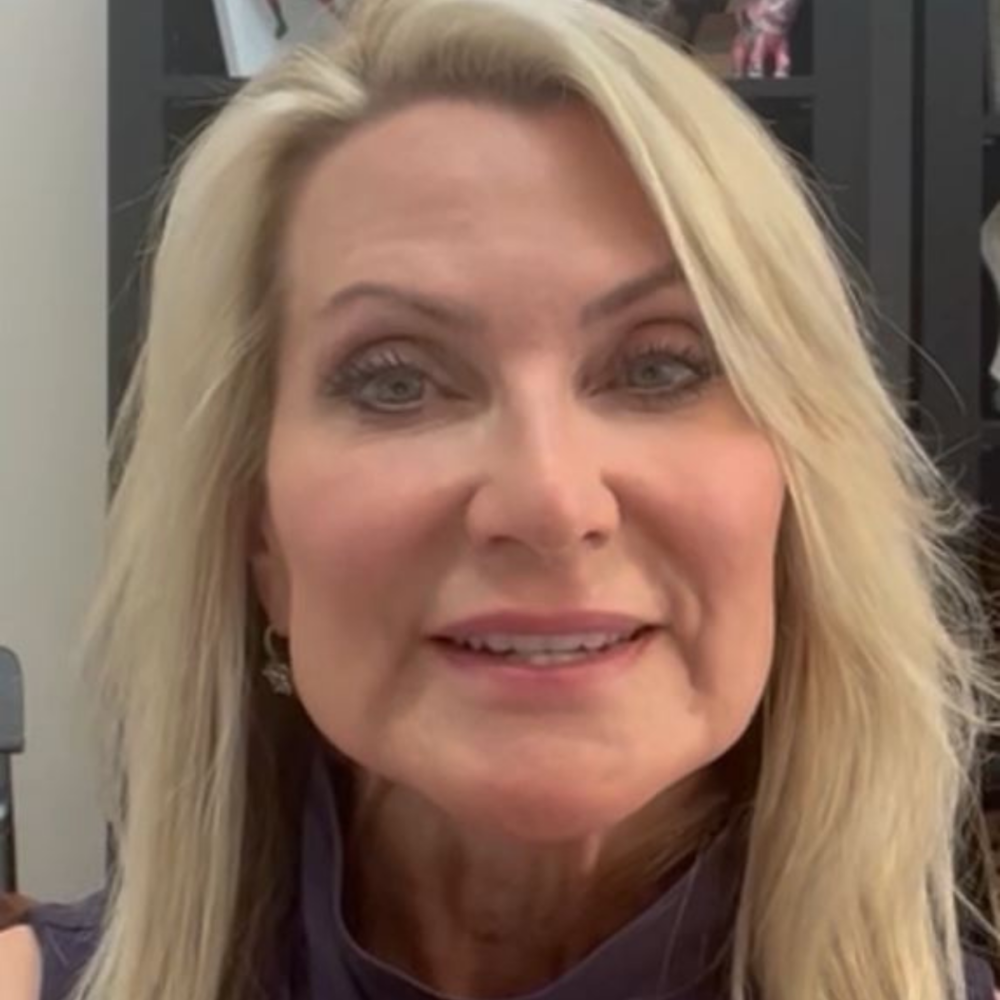What this doctor wants you to know about breast density

What is breast density and how does it play into your cancer risk?
I’m Dr. Debra Miller, an oncologist married to Congressman Richard McCormick of Georgia’s sixth district, and a member of the Prevent Cancer Foundation’s Congressional Families Program. October is Breast Cancer Awareness Month, and I want to tell you about this important term you might hear at your next mammogram appointment.
Breast density is a comparison of each of the tissues found in the breast. Dense breasts have higher amounts of fibrous connective and glandular tissue compared to fat tissue. Since greater breast density has been linked with a higher risk for breast cancer, understanding your breast density can help you and your doctor develop a personalized screening plan.
Having dense breasts is completely normal and quite common. Breast density can also change over time, and typically decreases after menopause, though it can rise in those taking hormone replacement therapy.
Dense breasts can also make it harder for the radiologist reading your mammogram to see breast cancer. Depending on the density of your breasts and your personal risk, your provider might recommend additional testing, such as an MRI or ultrasound. These tests do not replace mammography but increase the chance of finding breast cancer early in dense breasts, and I personally recommend 3D mammography to my patients.
Learning about breast density and breast cancer screening guidelines is important because early detection equals better outcomes. Take a moment to check if it’s time for your annual mammogram – and ask your family and friends to do the same.
Listen to more Voices for Cancer Prevention on the Prevent Cancer Foundation’s YouTube channel.